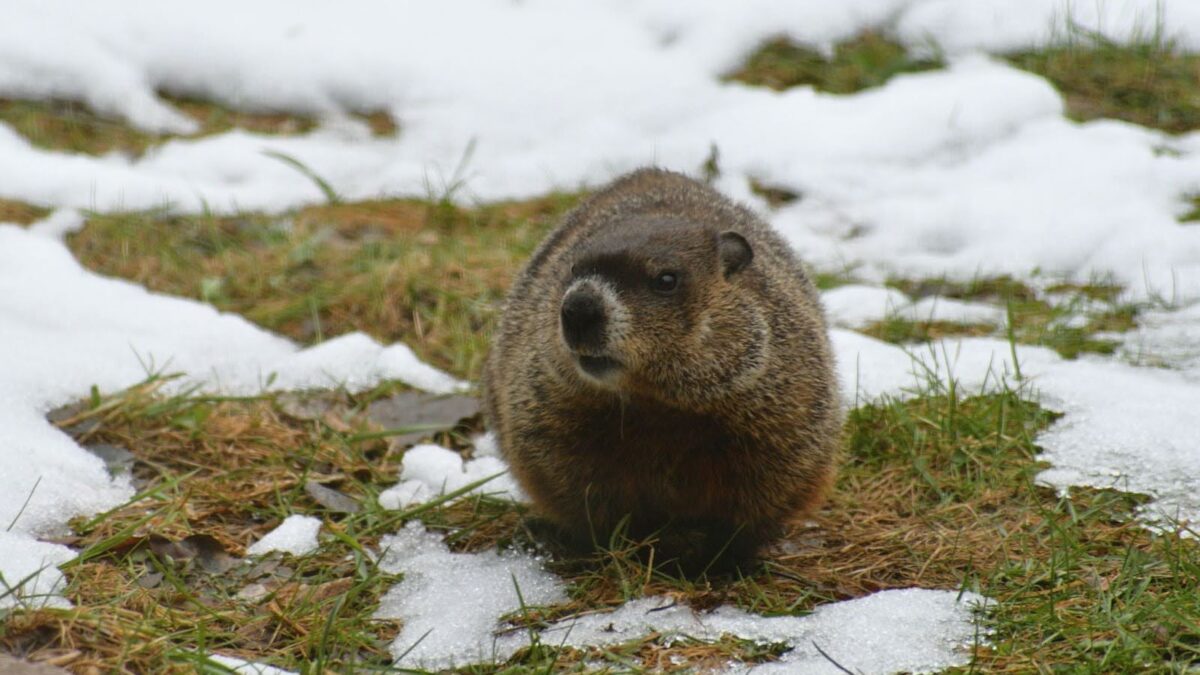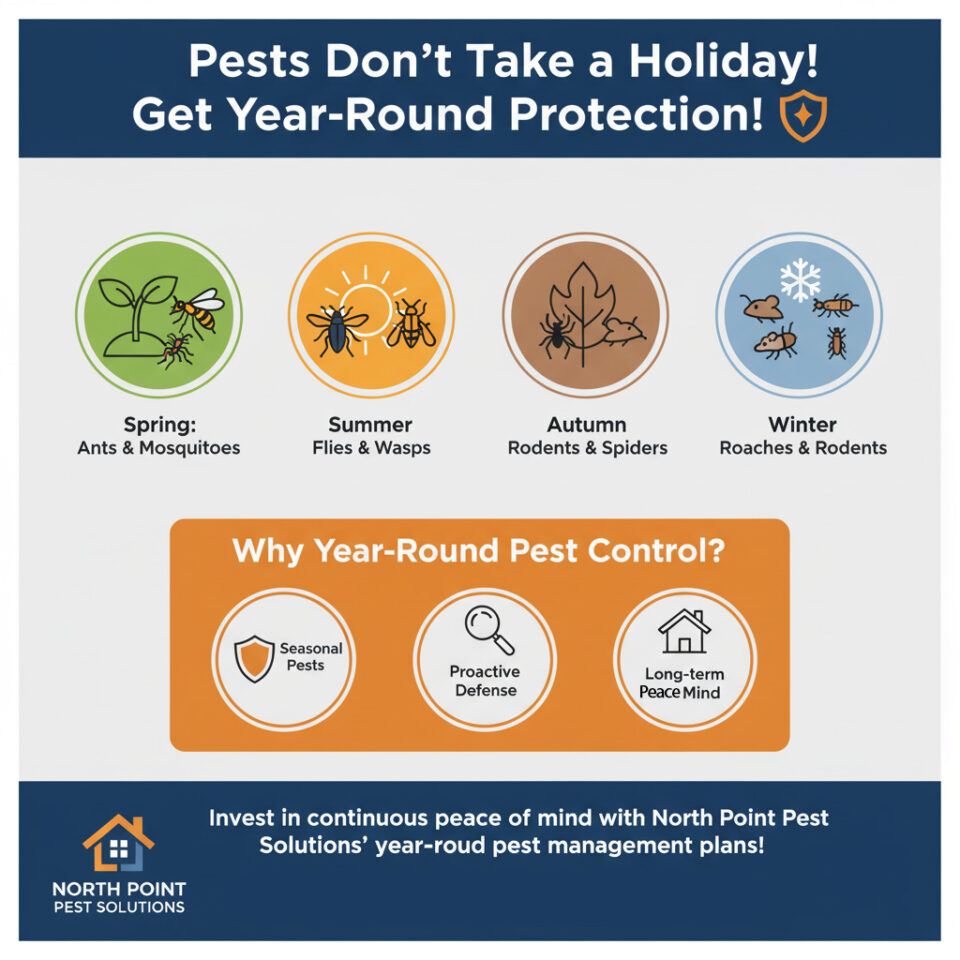Every February 2, we look to a furry creature to predict (hopefully) the end of winter.
While the groundhog is undoubtedly the most famous (and for this reason, the most tolerated) of all rodents we might encounter in our backyards, it’s often confused with a gopher.
Here in the Bay Area, you’re more likely to spot gophers causing chaos in your yard than actual groundhogs, but the mixup is understandable. Both species are burrow-loving critters with a knack for mischief.
If you’re spotting signs of these subterranean invaders, here’s a comprehensive breakdown of gophers vs groundhogs, how to identify them, and what to do about them.
What’s the Difference: Gopher vs. Groundhog
The confusion is understandable. Both gophers and groundhogs dig underground tunnels that damage gardens, lawns, and even infrastructure. However, if you were to put them side by side, telling them apart is actually quite simple.
Gophers are on the smaller side, typically no more than 2 pounds. They have fur-lined cheek pouches (used to carry food), hairless tails, and yellowish protruding teeth. These creatures are elusive homebodies, rarely emerging from their burrows. Instead, they push soil to the surface, creating irregular, crescent-shaped mounds.
Fun fact: there are 41 species of gophers endemic to North and Central America. That includes our very own Bay Area’s Botta’s pocket gopher, a sneaky little creature notorious for creating miles of underground burrows.
Groundhogs are much larger, weighing up to 13 pounds. They resemble small, chunky bears with bushy tails and feet that are dark brown or black. Because groundhogs, unlike gophers, actually enjoy venturing out of their homes, their burrows are often accompanied by signs of above-ground activity like chew marks on crops and clear entry holes.
Another difference lies in their diets. Gophers stay underground and thrive on roots, tubers, and shoots. If you’re noticing damage to underground veggies or ornamental plants, it’s likely a gopher. Groundhogs, being bigger, have a more varied diet. They’ll eat fruits, vegetables, and grasses and are often seen above ground.
Why Are Gophers a Bigger Issue in the Bay Area?
If you’re in the Bay Area, odds are you’re dealing with a gopher problem, as groundhogs are not native to this region.
Gophers thrive here due to the region’s sandy, well-drained soils that are perfectly primed for tunneling. Marin, Napa, and Sonoma counties, in particular, are hotspots for gopher activity.
Their presence isn’t just an eyesore. Gophers can cause all of the following problems:
- Structural damage to lawns and gardens
- Disruption of irrigation systems due to chewed tubing
- Safety hazards from sunken ground caused by collapsed tunnels
While the occasional groundhog sighting might undoubtedly be fascinating for Bay Area residents, it’s the tiny, tireless gopher that’s likely responsible for the damage in your yard.
Signs You Have a Gopher or Groundhog Problem
Not sure which pest is wreaking havoc in your yard?
Gophers tend to leave behind noticeable damage to plant roots, along with small, crescent- or fan-shaped mounds. You may also notice collapsed ground around the tunnels.
Groundhogs, on the other hand, leave larger holes in their wake, typically with dirt piled around the entrance. You may also spot chewed plants above the ground and experience noticeable plant loss. There could be tracks leading to and from the burrow as well.
Why DIY Solutions Rarely Work
Imagine spending hours trying to trap a gopher or block a tunnel, only to find fresh mounds the next day. It’s frustrating, right?
These critters are smart, territorial, and unbelievably persistent. DIY solutions like repellents, noise emitters, or store-bought traps often fail because improper placement misses the areas with the most activity, or because store-bought methods are not tailored to local pests.
At North Point Pest Solutions, we understand the unique challenges and differences between gophers vs. groundhogs and can help you avoid future problems.
Operating in the Bay Area since 2008, we know how to address the unique characteristics of pests in our region.
Whether it’s your vegetable patch or prized landscaping, don’t leave your garden at the mercy of gophers. At North Point Pest Solutions, we have over a decade of experience tackling Bay Area pest problems just like yours. Contact us today to schedule an assessment.
Did You Know?
Groundhogs might be famous for their annual weather predictions, but gophers are ecosystem engineers. They can dig an average of 145 feet of tunnels, aerating the soil and increasing nutrient distribution. That said, their impressive digging skills aren’t something you want happening near your vegetable garden or sprinkler system.
FAQ
How can I tell if the mounds in my yard are from gophers or moles?
Gopher mounds are often crescent-shaped and slightly raised. Moles, on the other hand, create conical mounds and tend to benefit lawns as they feed on grubs, not vegetation.
Is it legal to trap or remove gophers in California?
Yes, trapping is legal but requires that you adhere to California’s pest control regulations. It’s best to leave this to licensed professionals like us for humane, effective removal.
Will a single trapping session eliminate a gopher problem?
Unfortunately, no. Gopher populations can be expansive, and without assessing the full burrow network, new gophers can quickly move in. Prevention and consistent monitoring are key.
Are there eco-friendly ways to control gophers?
Yes! We offer eco-conscious methods and products to manage gophers without harming the surrounding ecosystem.






